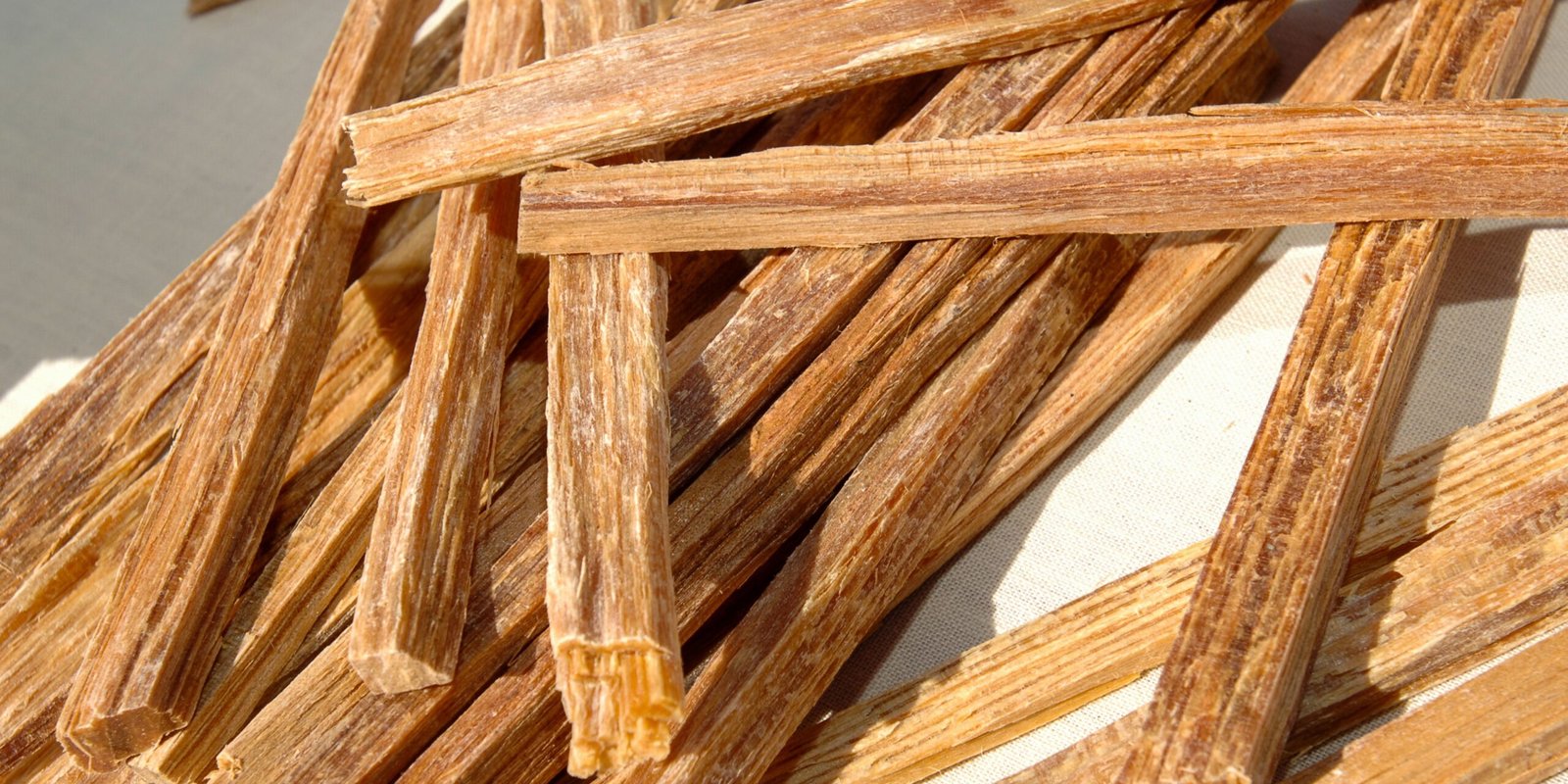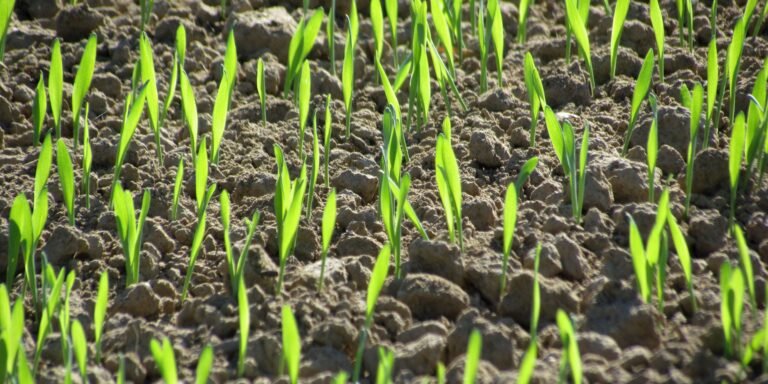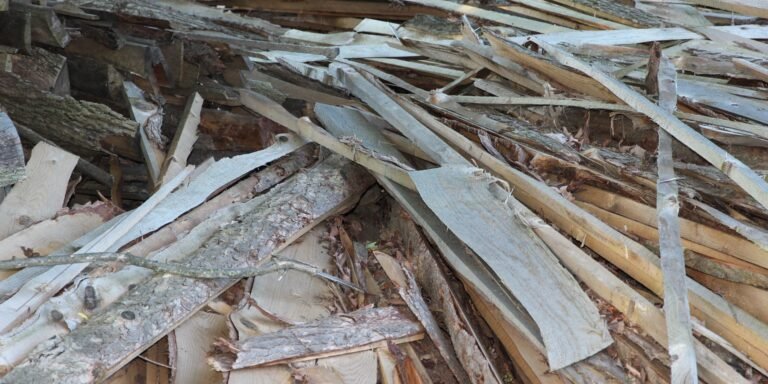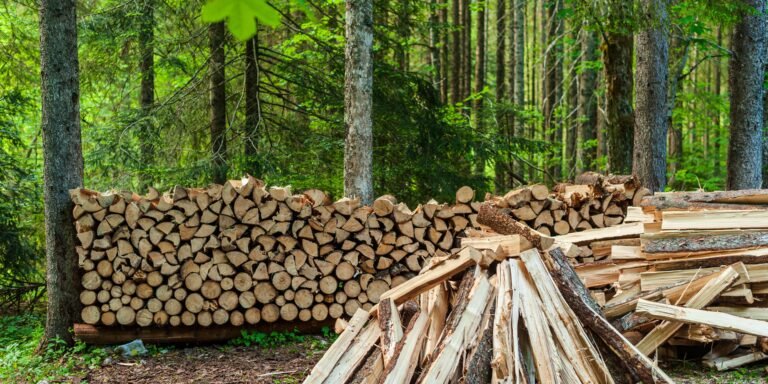How To Make Homemade Tinder
This post may contain affiliate links, full disclosure here.
Tinder is the building block of any good fire. Your ignitor ignites tinder, which then ignites kindling, which lights the primary fuel source (eg. a log). People who haven’t built a natural fire before frequently underestimate the importance of tinder and kindling — without it, you might be stuck in the rain trying to light a log with a match.
Fires are more difficult to start than most people realize, and it involves more than just lighting a pile of logs. They need tinder to start, kindling to keep the flames going, and firewood to keep it going. Kindling and firewood can usually be obtained with little variation, but the quality of tinder greatly influences how smoothly the process goes.
The most important characteristic of homemade tinder is its ability to ignite quickly and cleanly. A variety of materials can be used to make homemade tinder. Dryer lint, cotton balls dipped in petroleum jelly, bark shavings, and shredded paper are some of the better alternatives.
On short notice, dry grass and other natural tinder can be used, but minor preparations can greatly speed up the process. The following are good choices for tinder material.
- Dryer Lint
- Petroleum Jelly in Cotton Balls
- Wood Shavings
- Paper
- Steel Wool
What is tinder and why you need it for fire starting
The simplest way to persuade someone of the importance of tinder is to ask them to light a fire by holding a match to a log. 99 percent of the time, the match will end before the log ignites.
That is why tinder and kindling are used as smaller intermediate steps in the process of progressing from a single spark to a roaring flame. That is, tinder’s role is to catch the spark created by your ignitor, ignite quickly, and hold the flame until the kindling catches fire. Consider tinder to be the infant stage of a fire.
That’s why tinder (when it’s ready to use) often resembles a frayed bird’s nest or those hairballs that hide under your bed rather than a solid chunk of something — each of those little fibers has a lot of oxygen exposure and can easily “catch” a spark. Most tinder that isn’t frayed or fibrous overcomes this limitation by using combustible chemicals (usually petroleum-based).
How To Make Homemade Tinder
Dryer Lint
Lint is very easy to collect – even checking your pockets could yield some usable tinder in a pinch. Drying machines are used in production. If you intend to use simpler drying methods (e.g., hanging), dryer lint may not be the best tinder to use, barring some lucky scrounging in your pockets.
If storing lint in Ziploc bags is the way to go, that’s fine. Toilet paper cores can also be combined with dryer lint to create an impromptu Firestarter kit.
Petroleum Jelly in Cotton Balls
Vaseline and cotton balls are two of the most popular homemade tinder options because they are not only easy to ignite but also safe to store. This is as simple as squeezing the cotton and introducing softened petroleum jelly into the fibers.
This can be taken a step further by coating the kneaded cotton with wax, which gives this homemade tinder the added benefit of being waterproof. The sturdy, weather-resistant material also makes storage more convenient.
To burn the cotton tinder, you must first break through the waxy outer layer. Simply unfurl the cotton and light it. The fluffier the cotton, the more effectively it will burn.
Wood Shavings
Wood shavings are one of the most easily accessible tinder materials. With a good shaving knife and some time, dead branches, kindling, and firewood can be converted.
Most types of wood shavings are suitable for use. Having said that, cedar and birch are excellent tinder materials. Cedar shavings are relatively fibrous and stringy, whereas birch shredding resembles paper.
If there is any leftover sawdust, it can also be used. Pencil sharpeners can also be used to make enough shavings for tinder in a pinch.
The labor intensiveness of wood shavings in comparison to other methods is a significant disadvantage.
Paper
Paper scraps burn cleanly and can be obtained from a variety of sources, including old newspapers, work documents, and calendars. With the amount of wastepaper available, using scraps and sheets for tinder allows you to easily recycle them.
Not every type of paper can be used for these purposes. The coated or laminated paper should be avoided because it does not burn well. The plastic used can have a foul odor, and some components, when ignited, can be hazardous to users and the environment.
Steel Wool
By rubbing a 9V battery on the fibers, steel wool can be ignited. Sparks should flicker rapidly after contact, making excellent homemade tinder.
Because wool catches fire quickly, keep it away from batteries and other sources of ignition.
Tinder Tips
Even if you’re comfortable sourcing natural tinder in the field (you might not be able to when you need it!) everyone should have tinder in their primary go-bag. It’s pointless to carry an ignition source if you can’t use it to start a fire.
The majority of tinder is either a fiber (such as cotton) or a petroleum-based fuel.
You can make tinder at home, and it usually works well, but the safest and simplest way to prepare is to buy a ready-made product. DIY instructions can be found further down the page.
Combine different types of tinder to cover a wider range of conditions. To handle harsh conditions, a common combination is mostly smaller fiber-based tinder with a few larger fuel cubes.
Making Tinder At Home Bottom Line
Make sure to properly store all homemade tinder – most of them aren’t waterproof and can catch fire with little provocation. Because fires require oxygen to survive, keep them in airtight containers. Preparing your own tinder is far more convenient than scrounging for various materials on the spot.








